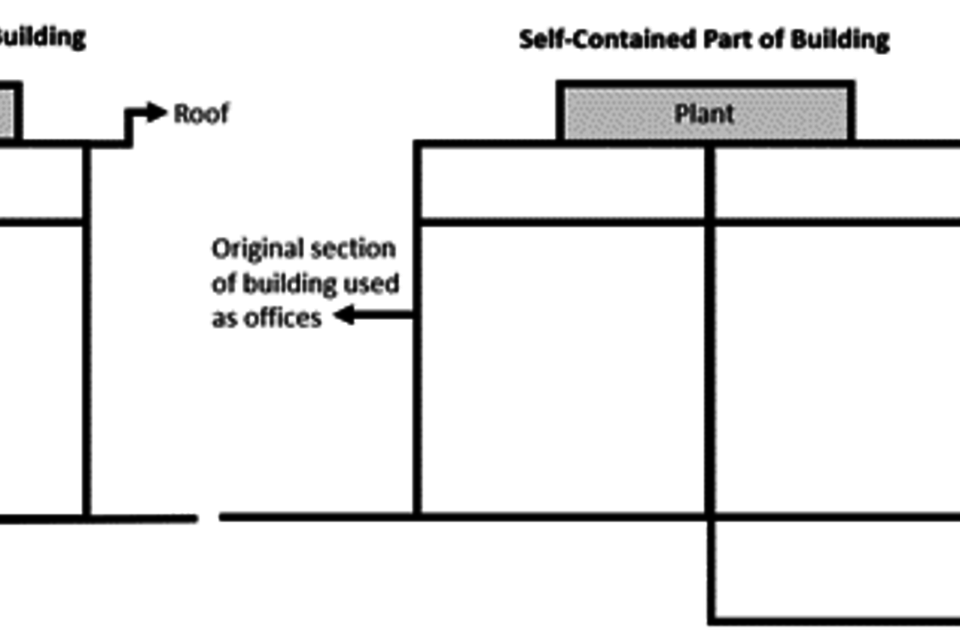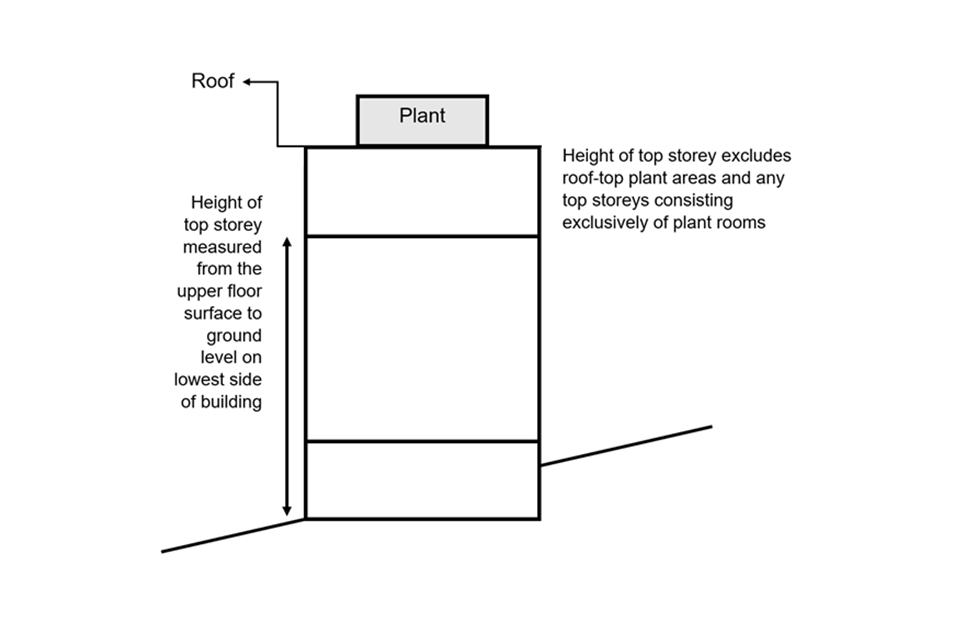Definition of ‘relevant building’
The leaseholder protections in the Building Safety Act 2022 only apply to “relevant buildings.” This guidance explains what is meant by that term.
Applies to England
Summary
1. The leaseholder protections in the Building Safety Act 2022 only apply to “relevant buildings.” This guidance explains what is meant by that term.
2. It also clarifies how to measure building height and how to determine the number of storeys a building has.
Definition of relevant building
3. For a building to be defined as a ‘relevant building’, it must meet all of the following criteria:
a. it is at least 11 metres in height or has at least five storeys (whichever is reached first)
b. it contains at least two dwellings
c. it is not a leaseholder-owned building
4. A relevant building can be either a self-contained building or a self-contained part of a building. A self-contained building is a detached building. A self-contained part of a building means that the part could be redeveloped independently of the rest of the building (see figure 1, below).
5. Commonhold buildings are not relevant buildings because each unit-holder is entitled to be a member of the commonhold association (which owns the freehold to the structure and common parts of the building). There is no separate building owner to whom costs can be passed to (the definition of ‘building owner’ can be found in What are my building owner’s legal obligations?).
6. Leaseholder-owned buildings are also not relevant buildings as there is no separate building owner to whom costs can be passed. Leaseholder-owned buildings could include:
a. collectively enfranchised buildings – where some, or all, of the qualifying leaseholders have bought the building’s freehold
b. any building where leaseholders directly own the freehold, including through a company, where there is no separate freeholder
c. other circumstances where the freehold is owned 100% by one or more leaseholder

Example of a self-contained building and self-contained part of a building.
Figure 1: Example of a self-contained building and self-contained part of a building.
How to determine building height
7. Figure 2 (below) shows how building height is measured from the floor of the top storey to the ground level on the lowest side of the building.
8. Building height is measured from ground level to the floor of the top storey. It does not include any floors below ground level.
9. If the building is situated on ground, which is not level, the height is measured from the ground level on the lowest side of the building to the floor of the top storey (excluding roof-top plant areas).
10. If the top floor contains machinery or plants exclusively, this will not count as the top storey. Instead, the building height will be measured up to the floor of the storey below the plant storey or the machinery storey.

Figure demonstrating how to measure building height.
Figure 2: Figure demonstrating how to measure building height.
How to determine the number of storeys
11. For the purposes of defining whether a building is relevant building, only the storeys from ground level or above count. Any storey below ground level, for example, a basement, does not count. The ground floor is counted as the first storey. A building with an underground car park, a ground floor, and a first floor would be defined as a two-storey building and not a three-storey building.
12. Mezzanine floors only count as a storey if the floor area is at least half the floor area of the largest storey in the building.
How will this affect you, the leaseholder?
13. If you live in a building which is under 11 metres in height but which has five or more storeys and contains at least two dwellings, it will count as a “relevant building”. This means that the leaseholder protections will apply if all the other criteria needed to be a qualifying leaseholder are met.
14. If you live in a block of flats which is above 11 metres in height which is mixed use and contains both commercial and office space as well as residential dwellings, the leaseholder protections will only apply if there are two or more residential dwellings within the property.
15. If your building was constructed after 28 June 2022, your lease will not qualify for the protections, regardless of whether you live in a relevant building or not. This is because any issues will be outside the definition of relevant defects set out in the Act, which places a limit on them as occurring within the ‘relevant period’, which spans for 30 years from 28 June 1992 to 28 June 2022.
For any other questions, please get in contact with the department using the guidance found here:
Contact the Ministry of Housing, Communities and Local Government